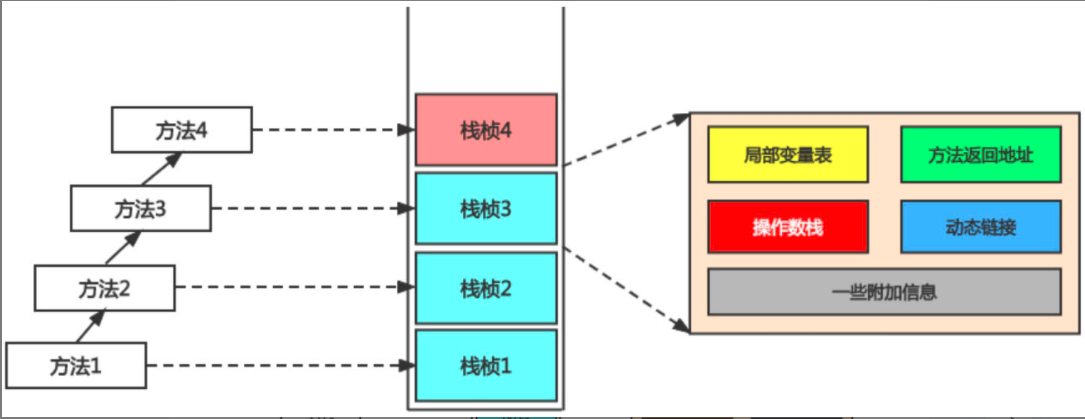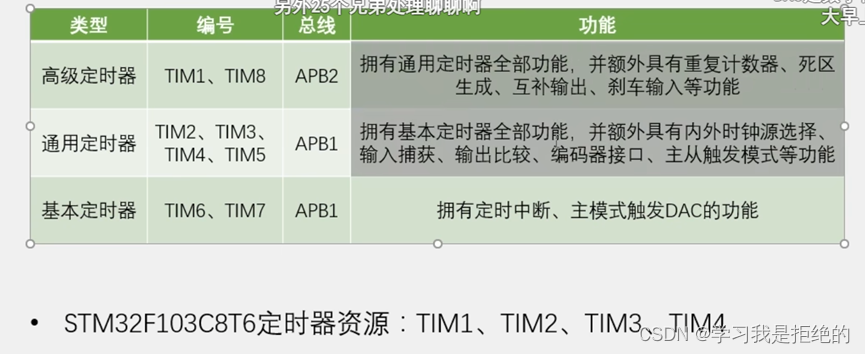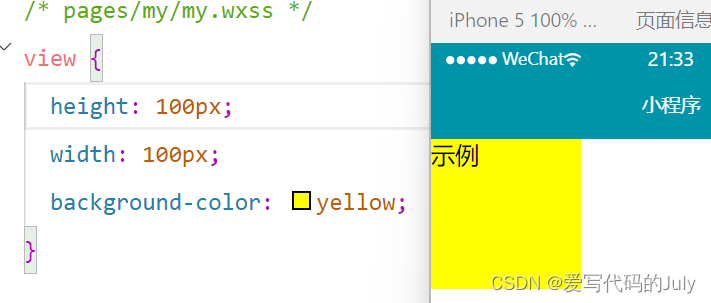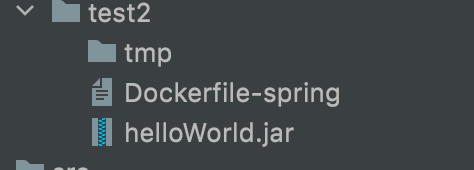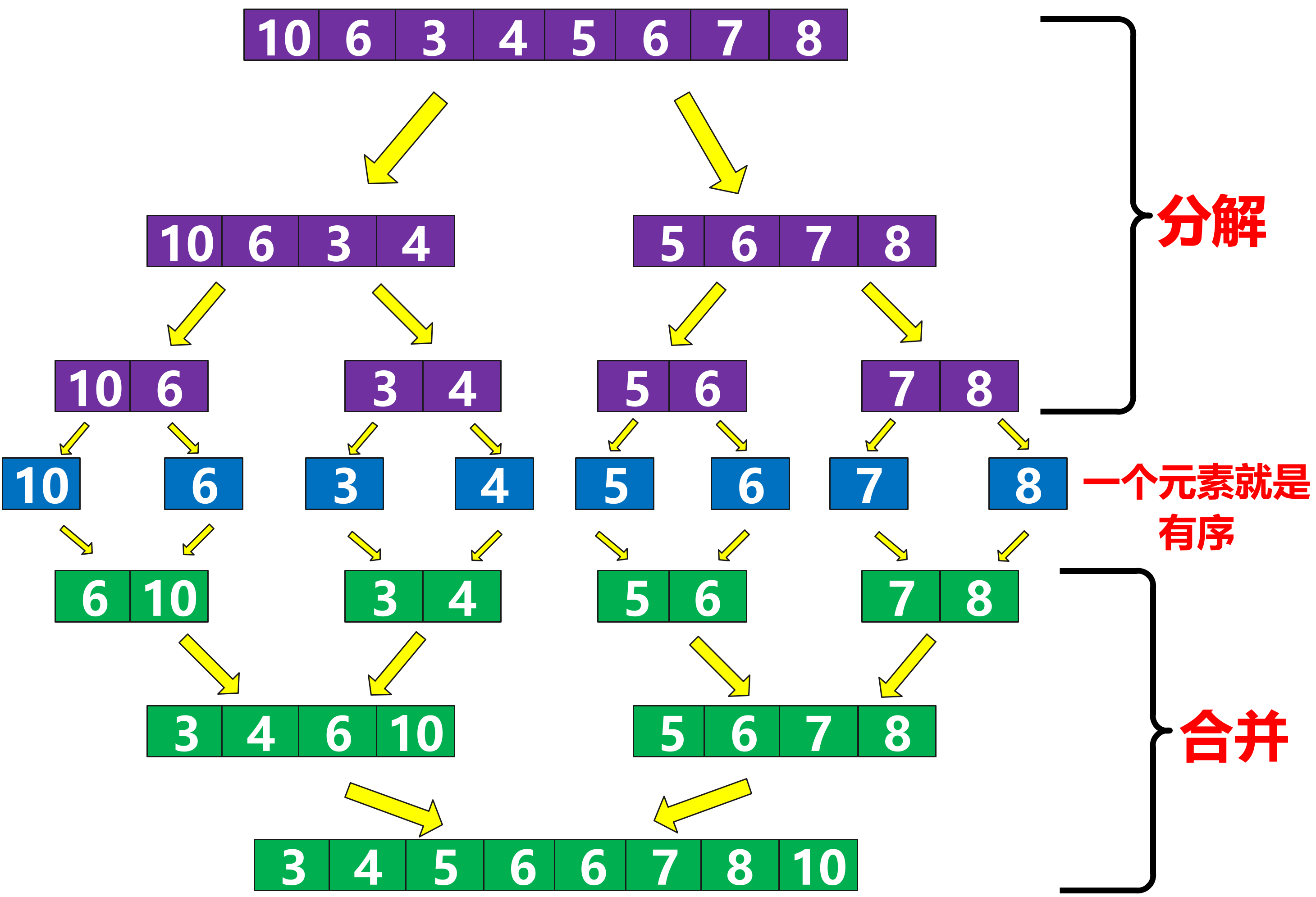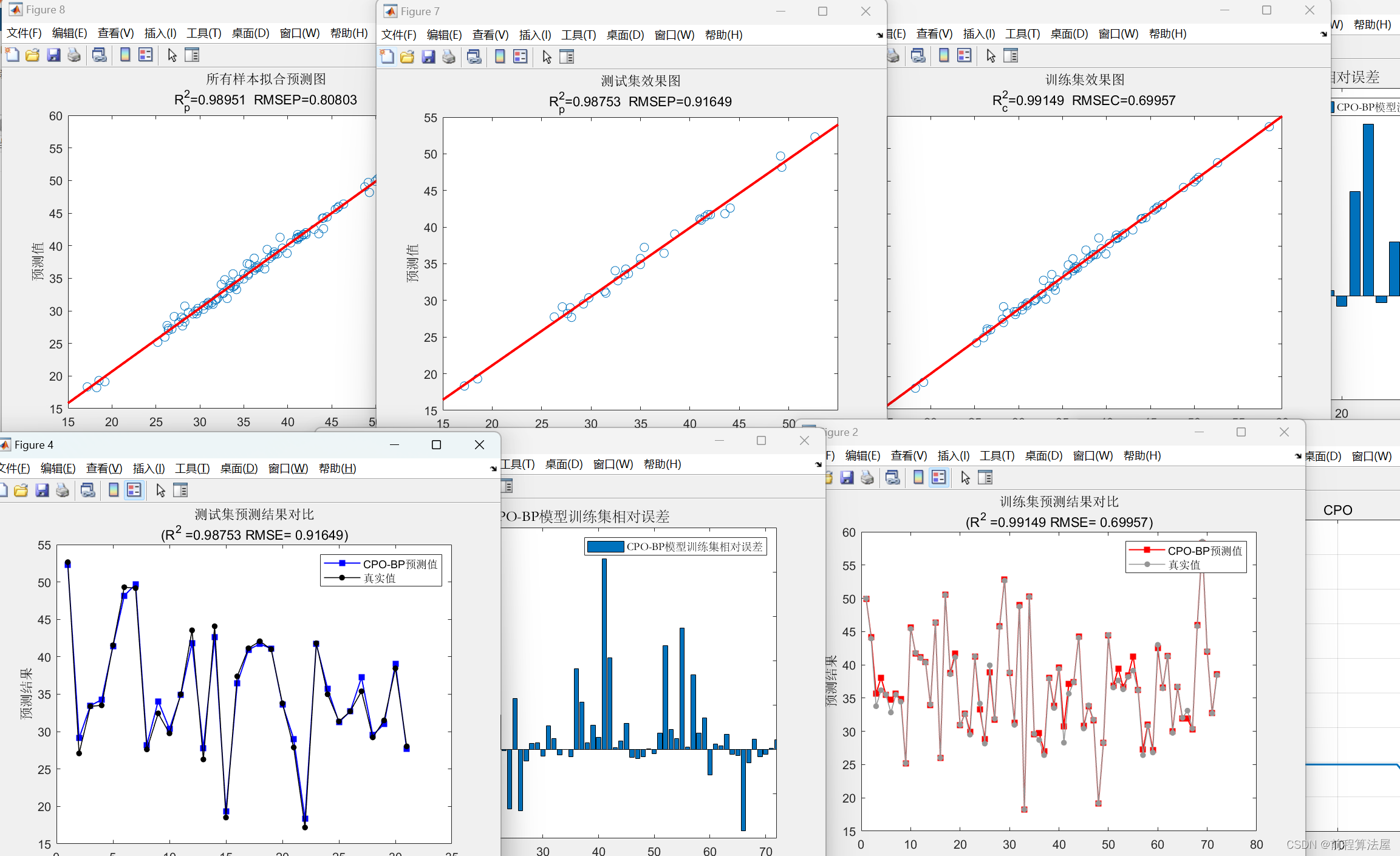Python是运行在解释器中的语言,查找资料知道,python中有一个全局锁(GIL),在使用多线程(Thread)的情况下,不能发挥多核的优势。而使用多进程(Multiprocess),则可以发挥多核的优势真正地提高效率。
即便在多核心处理器上,使用GIL的解释器也只允许同一时间执行一个线程。总结:(Python是一门伪多线程语言)
为什么有GIL这个东西
GIL存在目的:为了解决多线程之间数据完整性和状态同步问题
GIL存在原因:Python中对象的管理,是使用引用计数器进行的,引用数为0则释放对象(涉及到Python的垃圾回收),简化了Python对共享资源的管理,如 PVM 内存。
import requests
import time
from threading import Thread
from multiprocessing import Process
class MyProcess(multiprocessing.Process):
"""
define my process must extends Process class
"""
def run(self):
"""
define work content
"""
pass多线程在IO密集型的操作下似乎也没有很大的优势(也许IO操作的任务再繁重一些就能体现出优势),在CPU密集型的操作下明显地比单线程线性执行性能更差,但是对于网络请求这种忙等阻塞线程的操作,多线程的优势便非常显著了。
多进程无论是在CPU密集型还是IO密集型以及网络请求密集型(经常发生线程阻塞的操作)中,都能体现出性能的优势。不过在类似网络请求密集型的操作上,与多线程相差无几,但却更占用CPU等资源,所以对于这种情况下,可以选择多线程来执行。
import threading, time
class Consumer(threading.Thread):
def __init__(self):
pass
def run(self):
pass【Multiprocessing系列】共享资源
在使用多进程的过程中,最好不要使用共享资源,如果非得使用,则请往下看。Multiprocessing类中共享资源可以使用3种方式,分别是Queue,Array,Manager。这三个都是Multiprocessing自带的组件,使用起来也非常方便。注意:普通的全局变量是不能被子进程所共享的,只有通过Multiprocessing组件构造的数据结构可以被共享。
Queue类
使用Multiprocessing.Queue类,共享资源(share memory)(只适用Process类)
Array、Value类
使用Multiprocessing.Array类,共享资源(share memory)(只适用于Process类)
Manager类
使用Multiprocessing.Manager类,共享资源。(可以适用Pool类)
说明:由于windows操作系统下,创建Multiprocessing类对象代码一定要放在main()函数下,而linux不需要,因此这里区分2个版本。
实例目的:父进程在执行子进程的过程中,同步判断一个公共资源值,如果满足条件则结束所有进程。
进程安全变量
num=multiprocessing.Value("d",10.0) # d表示数值,主进程与子进程共享这个value。(主进程与子进程都是用的同一个value)
num=multiprocessing.Array("i",[1,2,3,4,5]) #主进程与子进程共享这个数组
mydict=multiprocessing.Manager().dict() #主进程与子进程共享这个字典
mylist=multiprocessing.Manager().list(range(5)) #主进程与子进程共享这个List
多进程Demo
Pool除了map()外,还有可以返回结果的方式,那就是apply_async().
apply_async()中只能传递一个值,它只会放入一个核进行运算,但是传入值时要注意是可迭代的,所以在传入值后需要加逗号, 同时需要用get()方法获取返回值
import multiprocessing as mp
def multicore():
pool = mp.Pool()
res = pool.map(job, range(5)) # 定义CPU核数量为5
print(res)
res = pool.apply_async(job, (2,)) # 用get获得结果
print(res.get())
def job(num):
result = num * num
return result【ThreadPoolExecutor系列】
多线程并不能充分利用多核处理器。如果需要充分利用多核处理器,可以考虑使用multiprocessing模块进行多进程编程。
- 从 Python 3.2 开始提供 ThreadPoolExecutor 线程池执行器
- 创建池的最简单方法是作为上下文管理器,使用 with 语句来管理池的创建和销毁。
- 如果写过Java程序一定会觉得这个这类相当 的熟悉。
import concurrent.futures
# [rest of code]
if __name__ == "__main__":
format = "%(asctime)s: %(message)s"
logging.basicConfig(format=format, level=logging.INFO,
datefmt="%H:%M:%S")
with concurrent.futures.ThreadPoolExecutor(max_workers=3) as executor:
executor.map(thread_function, range(3))
# to_wait = {executor.submit(thread_function, **kwargs): idx for idx in range(total)}线程安全
# 同步使用Lock
class FakeDatabase:
def __init__(self):
self.value = 0
self._lock = threading.Lock()
def locked_update(self, name):
logging.info("Thread %s: starting update", name)
logging.debug("Thread %s about to lock", name)
with self._lock:
logging.debug("Thread %s has lock", name)
local_copy = self.value
local_copy += 1
time.sleep(0.1)
self.value = local_copy
logging.debug("Thread %s about to release lock", name)
logging.debug("Thread %s after release", name)
logging.info("Thread %s: finishing update", name)使用Condition进行线程间通信
import threading
import time
# 共享资源
shared_resource = None
# 创建条件变量
condition = threading.Condition()
# 定义一个写线程
class WriterThread(threading.Thread):
def run(self):
global shared_resource
for _ in range(5):
with condition:
shared_resource = "Write data"
print("Writer wrote:", shared_resource)
condition.notify() # 通知等待的线程
condition.wait() # 等待其他线程通知
# 定义一个读线程
class ReaderThread(threading.Thread):
def run(self):
global shared_resource
for _ in range(5):
with condition:
while shared_resource is None:
condition.wait() # 等待写线程通知
print("Reader read:", shared_resource)
shared_resource = None
condition.notify() # 通知写线程
# 创建写线程和读线程
writer_thread = WriterThread()
reader_thread = ReaderThread()
# 启动线程
writer_thread.start()
reader_thread.start()
# 主线程等待所有子线程结束
writer_thread.join()
reader_thread.join()
print("Main thread exiting")Thread实现定时器
t = threading.Timer(30.0, my_function)
























![vector[]和vector()的区别](https://img-blog.csdnimg.cn/direct/c052a48cdb41462fa92b041143b3618c.png)



